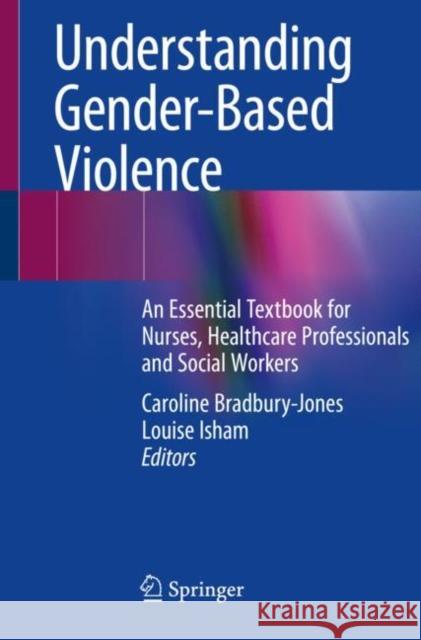Understanding Gender-Based Violence: An Essential Textbook for Nurses, Healthcare Professionals and Social Workers » książka
topmenu
Understanding Gender-Based Violence: An Essential Textbook for Nurses, Healthcare Professionals and Social Workers
ISBN-13: 9783030650056 / Angielski / Miękka / 2021 / 277 str.
Understanding Gender-Based Violence: An Essential Textbook for Nurses, Healthcare Professionals and Social Workers
ISBN-13: 9783030650056 / Angielski / Miękka / 2021 / 277 str.
cena 240,93
(netto: 229,46 VAT: 5%)
Najniższa cena z 30 dni: 231,29
(netto: 229,46 VAT: 5%)
Najniższa cena z 30 dni: 231,29
Termin realizacji zamówienia:
ok. 22 dni roboczych
Dostawa w 2026 r.
ok. 22 dni roboczych
Dostawa w 2026 r.
Darmowa dostawa!
Kategorie BISAC:
Wydawca:
Springer
Język:
Angielski
ISBN-13:
9783030650056
Rok wydania:
2021
Wydanie:
2021
Ilość stron:
277
Waga:
0.41 kg
Wymiary:
23.37 x 19.56 x 1.02
Oprawa:
Miękka
Wolumenów:
01











